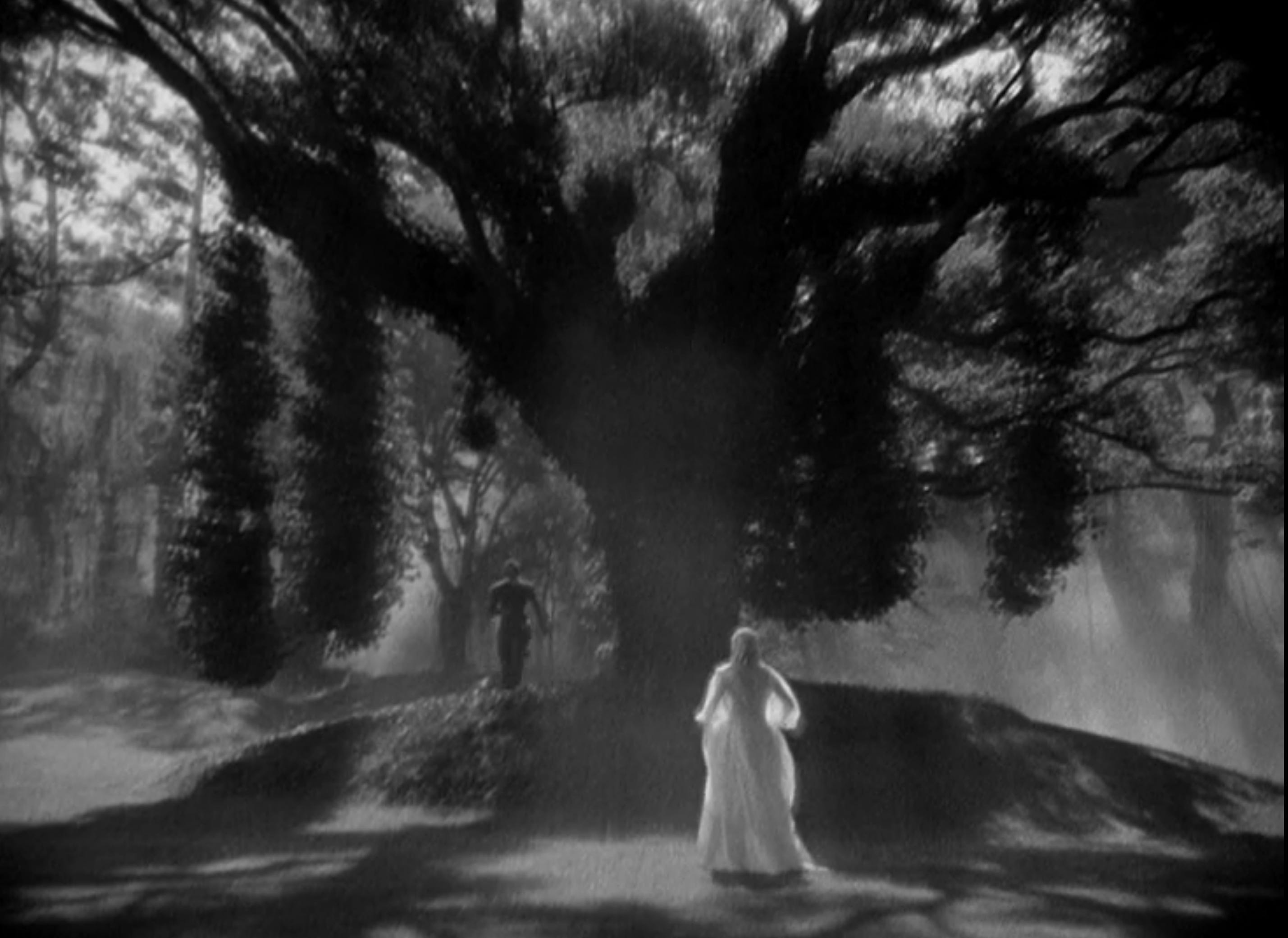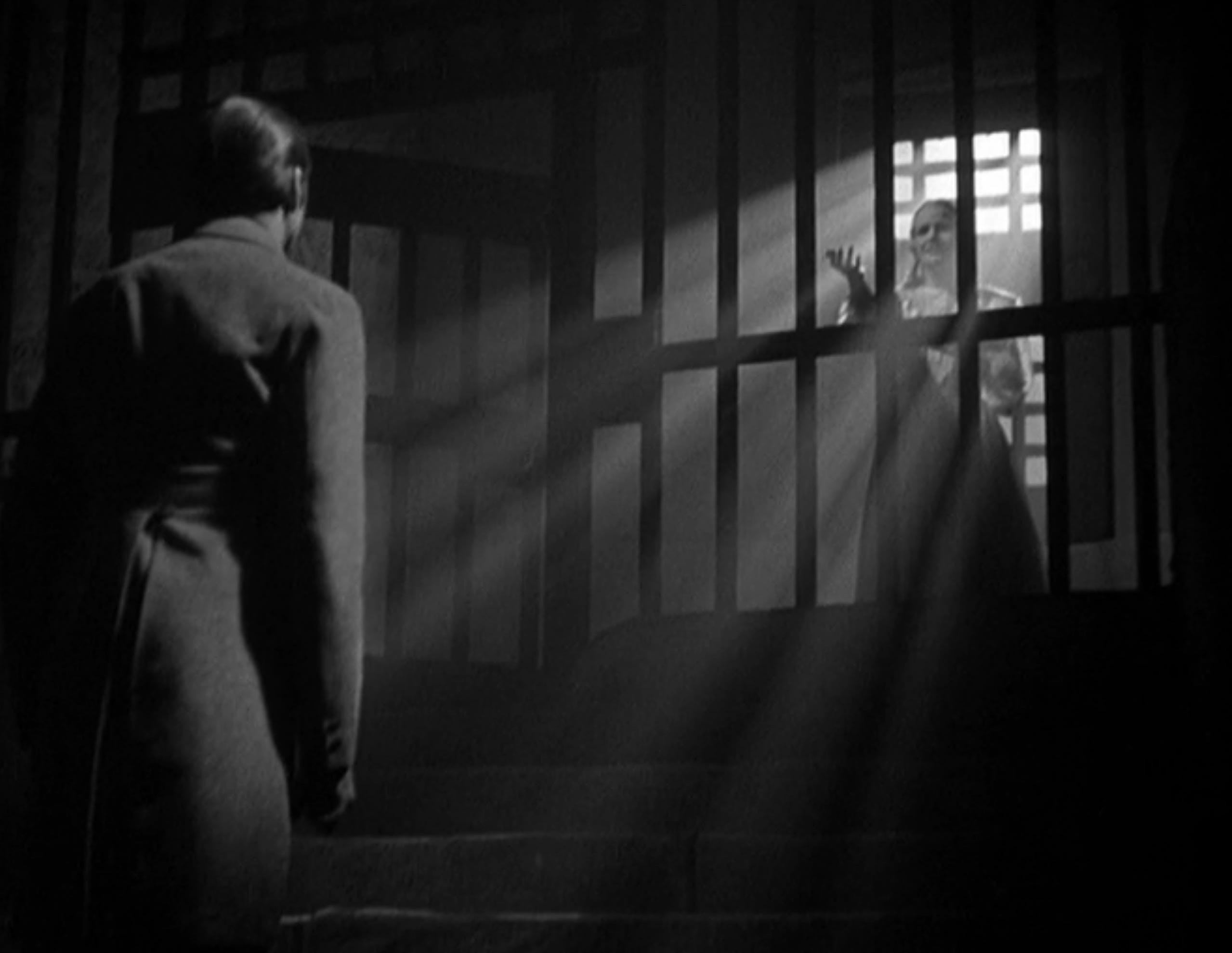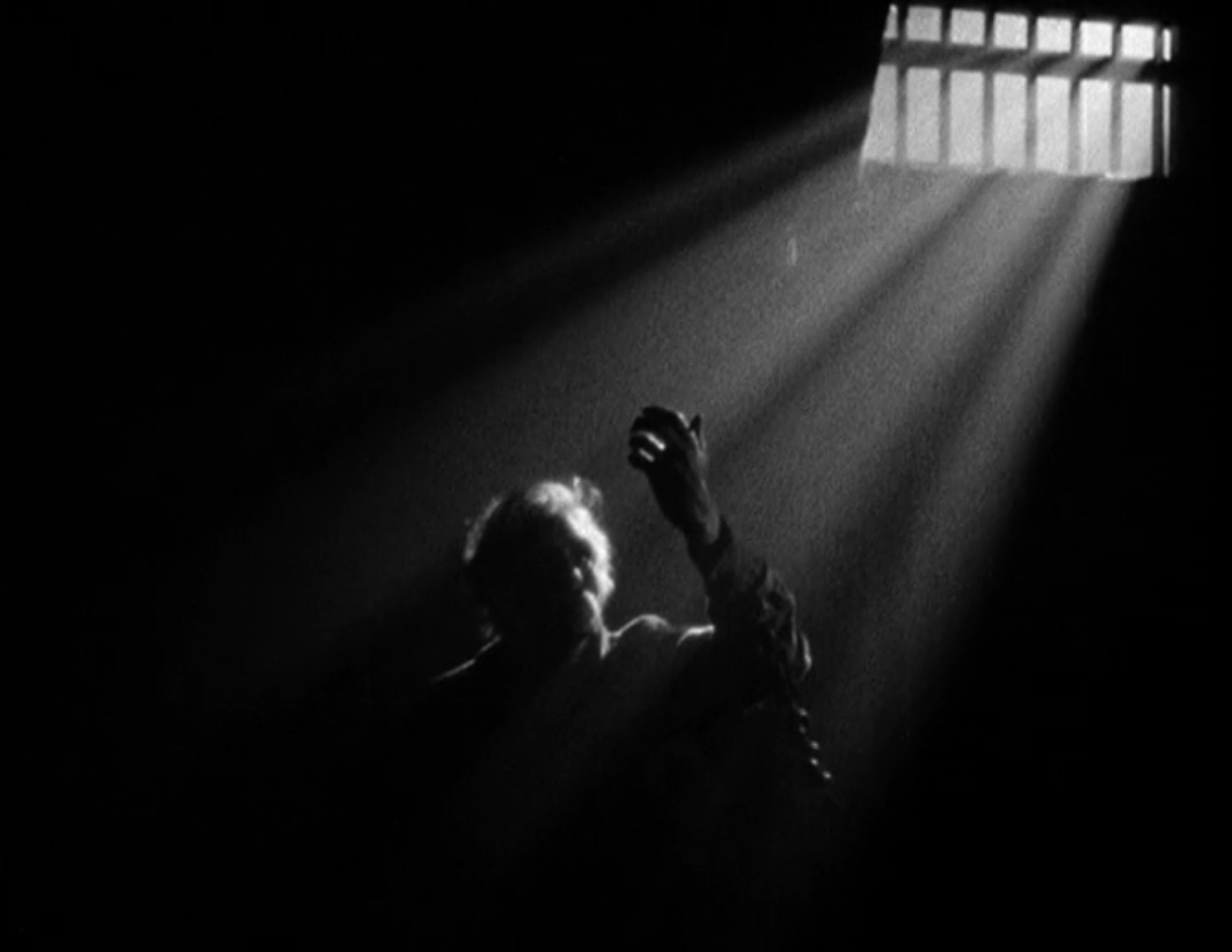Classic of the Week: "Peter Ibbetson"
The 1935 Gary Cooper-Ann Harding film (streaming on Criterion Channel, ***1/2 out of ****) is a startling surrealist early example of the "magical romance" genre.

Streaming alert for fans of classic movies, Hollywood surrealism, the young and godlike Gary Cooper, and intensely romantic dream states transmuted into cinema: “Peter Ibbetson”(1935) is playing on the Criterion Channel for who knows how much longer. The movie’s a poetic anomaly among studio fare of the mid-1930s, a Victorian romance that begins with an urge for fantasy and by the third act has entirely caved: The two lovers at the story’s center, played by Cooper and Ann Harding, are separated on the physical plane but can and do meet each night in their dreams, abetted by some of the most rapturous lighting effects and camerawork the 1930s studio system had to offer.
Cooper, at the height of his early sex appeal, plays the title character, although we don’t meet the adult Peter until well into the film. An opening act stars child actor Dickie Moore as the young “Gogo,” a British boy living in France next door to a little girl, Mary a.k.a. “Mimsy,” played by Virginia Weidler (“The Philadelphia Story”). They hate each other; they love each other – these scenes are fairly treacly, yet they set up the otherworldly aura (and the visual motif of fences and bars separating the lovers) that eventually dominates the film.
Gogo is called back to England and goes kicking and fighting; cut to the adult Peter, a London architect who moves through life with a brooding alienation that comes from something missed in childhood, something he can’t quite remember. Through the intermediary of several supporting characters (including Donald Meek as a benevolent blind boss and a young and tarty Ida Lupino), Peter finds his way back to the now grown Mary (Harding) for brief bliss before he’s imprisoned on murder charges after acting in self-defense. Here’s where “Peter Ibbetson” takes off into one of the purest invocations of romantic love put on film, as the two find that they can meet in a dreamworld that is more vivid and true than waking reality, a dreamworld so preferable that they spend decades of nights there together.

Anyone with a sweet tooth for modern “magic romances” in which true love bends the laws of reality – “The Lake House,” “The Time-Traveler’s Wife,” “The Age of Adeline,” “Sliding Doors” (hello, Meredith Goldstein) – owes it to themselves to seek “Peter Ibbetson” out. It’s a strange and mystical halfway point between those films, the late-19th-century Gothic revival exemplified by writers like George du Maurier (author of the novel on which the movie’s based and, not coincidentally, grandfather of “Rebecca” author Daphne du Maurier), and the original Gothic fiction of the 18th century. The film is floridly romantic in a way that might invite snickers if it weren’t so downright weird and if the players in front of and behind the camera weren’t absolutely on their game. Harding was coming to the end of her early-30s run as a classy, long-suffering heroine with impeccable diction, but those (arguable) limitations only serve the production. Cooper, usually cast in this period as a man of action or enthusiastic lover, delves inward and connects with something touchingly bruised and isolated.
The director Henry Hathaway typically handled brawnier material – he and Coop made seven movies together – and it’s the contention of many critics that “Peter Ibbetson” would be a puddle of corn syrup in the hands of a less “manly” filmmaker. I don’t know about that. I do know that the cinematography by Charles Lang starts in a semi-realistic period vein and gradually moves toward expressionism step by delirious step, with the movie’s final images as stark and startling as anything you’ll find in classic American cinema. There’s a reason French surrealists like Andre Breton and Ado Kyrou adored this film – it celebrates irrationality as the only cogent response to a cruel and unfeeling universe.

The catch is that the movie has traditionally been awfully hard to find. I first stumbled across it in college, where my film-studies department had a small but endearingly odd collection of 16mm prints that friends and I would spelunk with ‘bated breaths and occasionally altered consciousnesses. I remember a few of us projecting “Peter Ibbetson” against a wall in the wee hours and a day later wondering whether that was an actual movie we’d seen or a dream somehow shared by us all. Even into the new millennium, you could only see the film on late-night TV or as part of a multi-disc Gary Cooper DVD set. Via the latter, I watched it with my older daughter when she was around 8 or 9; the film’s ending reduced her to helpless sobs, which I was coming to recognize was her mark of approval, but which also may be entered into the docket as evidence of dad-induced cultural trauma.
As of 2022, there’s a very nice Kino Lorber Blu-ray edition, a Universal DVD, and it’s on the Criterion Channel for the time being. Also available — for now — is a free low-res version on YouTube, but a consumer would pass this up if only out of respect for the work of Charles Lang. I mean, come on:

If you enjoyed this edition of Ty Burr’s Watch List, please feel free to share it with friends.
If you’re not a paying subscriber and would like to sign up for additional postings and to join the discussions, here’s how:
If you’re already a paying subscriber, I thank you for your generous support.




